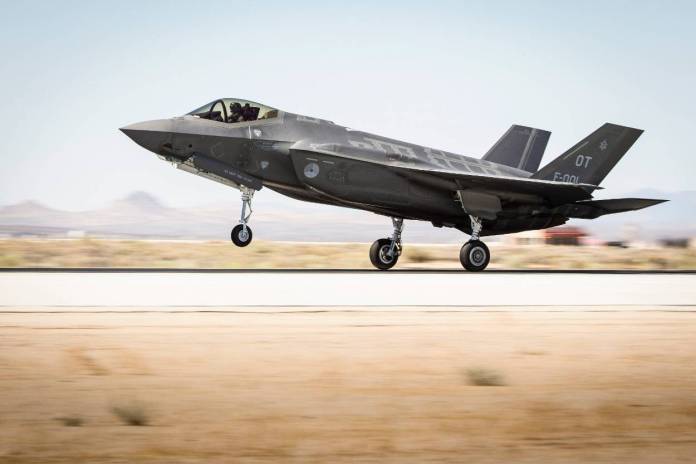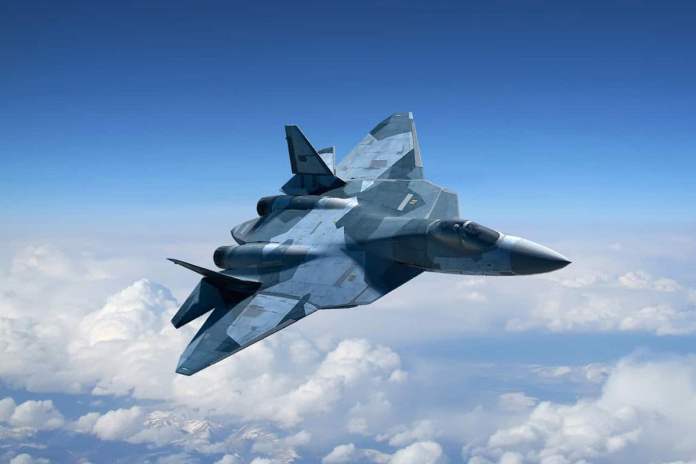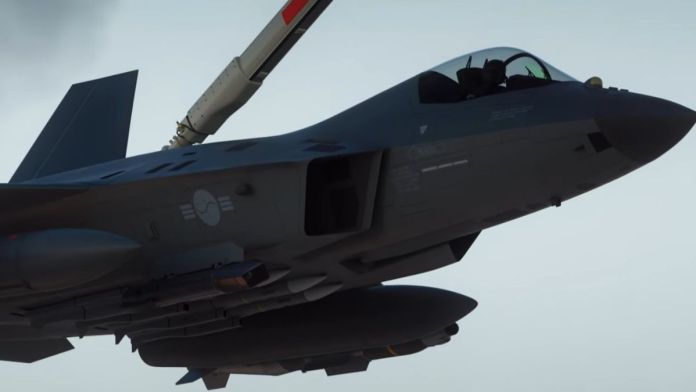In a significant setback for the U.S. Navy's shipbuilding programs, several key projects are facing delays ranging from one to three years due to a myriad of workforce and management issues within the industry.
Following a 45-day review prompted by delays in the guided-missile frigate program, the Navy discovered significant setbacks in its shipbuilding portfolio. The delays affect critical projects such as the Virginia-class attack submarine construction and the Columbia-class ballistic missile submarine, prompting Navy Secretary Carlos Del Toro to order an assessment of the underlying causes and potential solutions.
Key findings from the review revealed that the first Columbia-class SSBN is projected to deliver 12 to 16 months later than its contractual date, raising concerns about meeting deployment requirements. The Virginia-class submarines are also facing substantial delays, with the Block IV boats running 36 months behind schedule.
Supply chain disruptions and workforce shortages, exacerbated by the COVID-19 pandemic, have further complicated matters. The future Enterprise aircraft carrier, CVN-80, is expected to deliver 18 to 26 months late, primarily due to delays from key suppliers.
Additionally, the first Constellation frigate is facing a 36-month delay, attributed to management challenges and workforce issues at Fincantieri’s Marinette Marine shipyard.
The review highlighted the need for strategic investments in the workforce and supply chain as national assets. It also emphasized the importance of reevaluating risk-sharing arrangements between the government and shipbuilders in future contracts.
Addressing these challenges will require a concerted effort to strengthen workforce capabilities, enhance oversight in the design process, and ensure timely procurement of materials. Failure to address these issues could further prolong delays and jeopardize the Navy's readiness and operational capabilities.


_firing%2C_Japan_GSDF.jpg)
